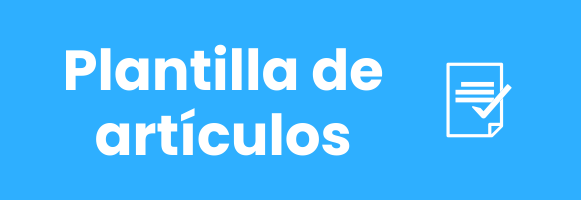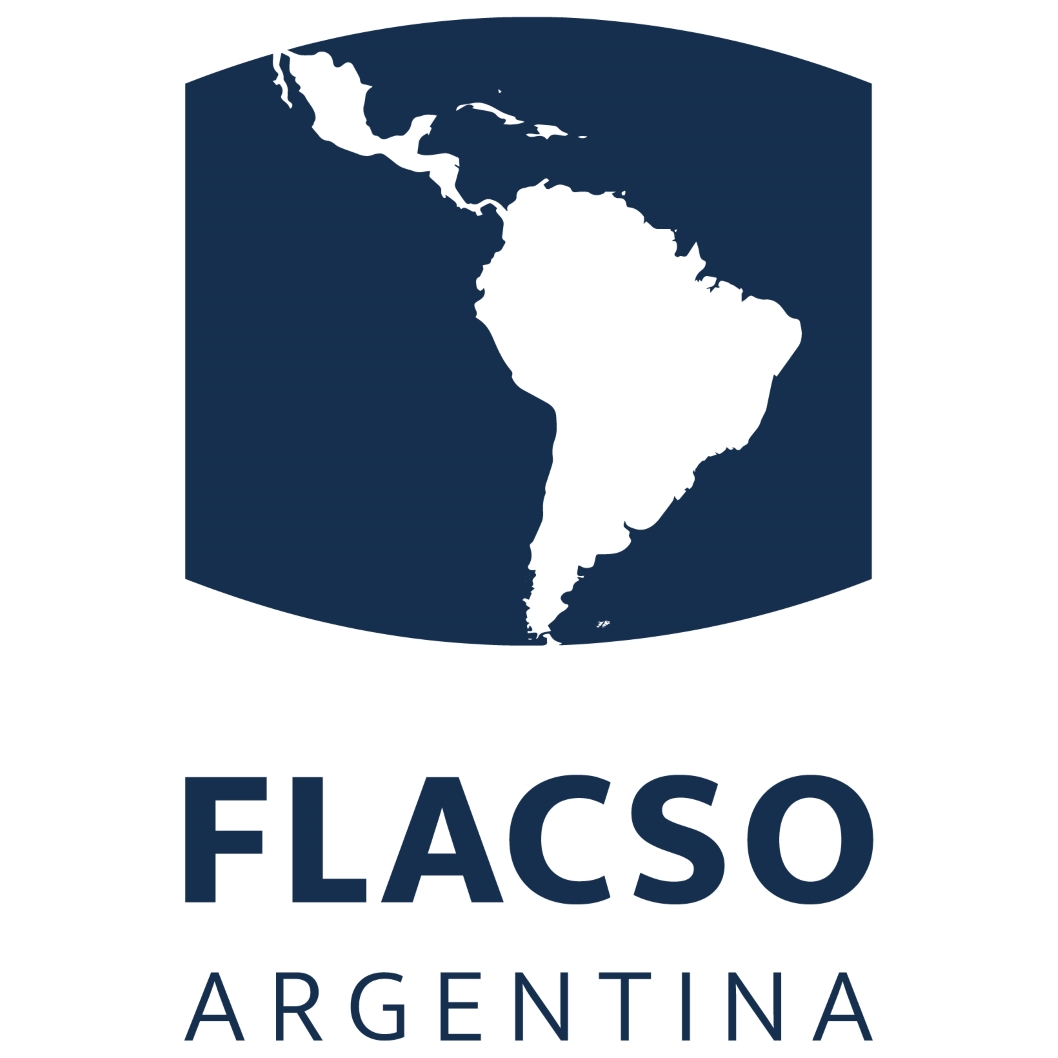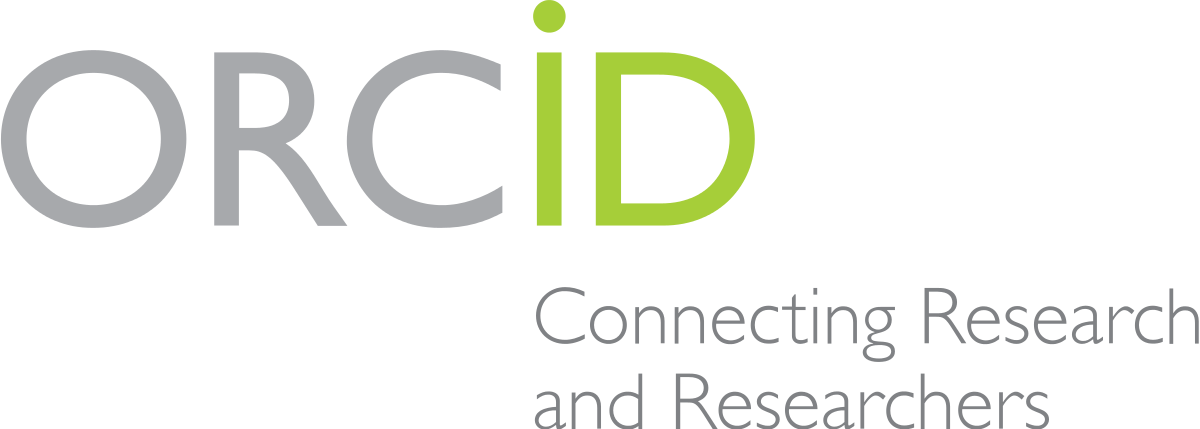Simpaticotonia E A Síndrome De Hiperestimulação Simpática Como Diagnosticar E Possíveis Tratamentos
Resumen
A Síndrome de Hiperestimulação Simpática e simpaticotonia são termos que geralmente são usados para descrever a hiperatividade do sistema nervoso simpático, os sintomas associados a ambos são aumento da frequência cardíaca, hipertensão arterial, sensação de ansiedade, entre outros. Foi realizado um levantamento bibliográfico sobre a síndrome de Hiperestimulação Simpática, bem como uma análise acerca do diagnóstico e dos tratamentos disponíveis, assim como uma leve observação de como estas condições têm sido tratadas pela medicina. Em cima disso cria-se a o conceito teórico de simpaticotonia aqui explorado. Conclui-se que a continuação de pesquisas dedicadas e bem financiadas conduzirá a avanços significativos nesta área com a promoção de terapias não invasivas como o yoga, meditação para promover um maior arsenal de formas de mitigar os sintomas das disautonomias.
Descargas
Citas
GOLDSTEIN,David S; ROBERTSON, David; ESLER, Murray; STRAUS, Stephen E; EISENHOFER, Graeme. Dysautonomias: Clinical Disorders of the Autonomic Nervous System. in: Revistas ACP. 2002. Acesso em 10, ago, 2023.
FREEMAN, R. Dysautonomia and chronic disorders of the autonomic nervous system. Em K.L. Kunze (Ed.), Side Effects of Drugs Annual (Vol. 40, pp. 397-407). Elsevier. 2018.
RAMSAY, D. The systemic sympathetic nervous system: A review of our current understanding. Medical Journal of Australia. 153(2): 83-88. 1990.
THAYER, J. F; LANE, R. D. The role of vagal function in the risk for cardiovascular disease and mortality. Biological psychology, 74(2), 224-242. 2007.
GOLDSTEIN, D. S; KOPIN, I. J. Evolution and function of the adrenal medulla. Autonomic Neuroscience, 133(1), 41-43. 2007.
GOLDSTEIN, D. S; MCEWEN, B. Allostasis, homeostats, and the nature of stress. Stress, 5(1), 55-58. 2002.
BAGULEY, I.J. Autonomic complications following central nervous system injury. Semin Neurol,;28(5):716-725. 2008.
TATEMOTO M. Significance of emotion control for autonomic nervous function in patients with functional neurological symptom disorder. Shinkei Shinrigaku, ;25:60-69. 2017.
SNYDER M; LINDQUIST R. Complementary and alternative therapies in nursing. Springer Publishing Company, 2018.
BAGULEY I; HERISEANU R; CAMERON I; NOTT M; SLEWA-YOUNAN S. Dysautonomia and heart rate variability following severe traumatic brain injury. Brain Inj, 20(4):437-444. 2006.
ESLER,Murray; EIKELIS, Nina; SCHLAICH, Marcos; LAMBERT, Gavin; ALVARENGA, Maria; KAY, David; EL-OSTA, Assam; GUO, Ling; BArRTON, David; CIARAN, Cais de; BRENCHLEY, Célia; DAWOOD, Tye; JENNINGS, Gary; LAMBERT, Elisabeth. Human sympathetic nerve biology: parallel influences of stress and epigenetics in essential hypertension and panic disorder. Ann N Y Acad Sci. 1428(1):90-112. 2018.
Garland EM, Raj SR, Black BK, Harris PA, Robertson D. The hemodynamic and neurohumoral phenotype of postural tachycardia syndrome. Neurology. 2007 Aug 21;69(8):790-8. doi: 10.1212/01.wnl.0000267663.05398.40. PMID: 17709712.
Goldstein DS. The possible association between COVID-19 and postural tachycardia syndrome. Heart Rhythm. 2021 Apr;18(4):508-509. doi: 10.1016/j.hrthm.2020.12.007. Epub 2020 Dec 11. PMID: 33316414; PMCID: PMC7729277.
MANOLIS, A. J. Beta-blockers in hypertension: Studies and meta-analyses over the years. Hellenic Journal of Cardiology : HJC = Hellenike Kardiologike Epitheorese, 61(1), 43–53. 2019.
Derechos de autor 2023 Ravi Kishore Tiboni Kaiut , Fabiano de Abreu Agrela Rodrigues

Esta obra está bajo licencia internacional Creative Commons Reconocimiento 4.0.











.png)




















.png)
1.png)


